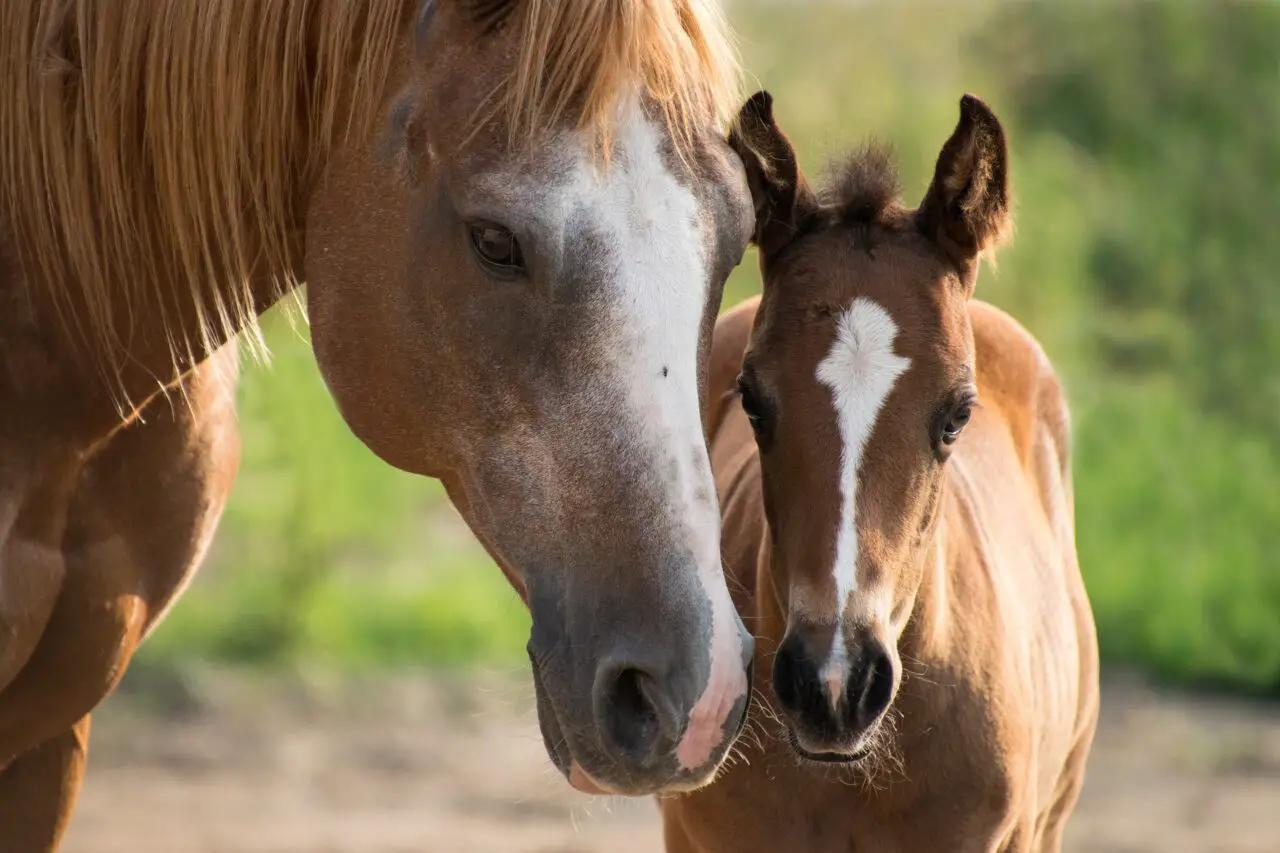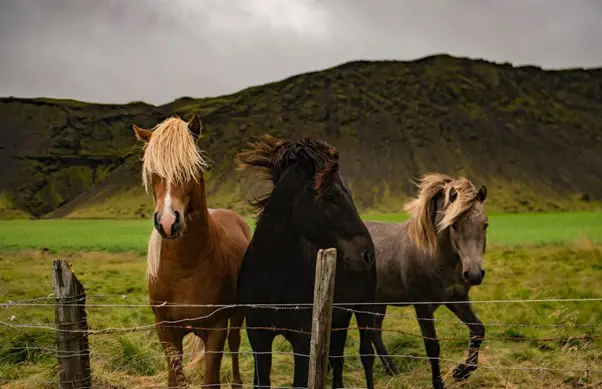Horses have a rich history of domestication, breeding, and evolution. Their varying colors and markings are genetic traits that contribute to their distinct appearance. Knowing about these traits is essential for breeders, trainers, and horse owners to select the most suitable equine for a specific purpose or breeding program. Let’s get the hang of the common colors and markings of horses, including their genetic variations and cultural significance.
Common Horse Colors
Horse colors are a subject of research by breeders and genetics. They also use handy tools to understand the origin of different hues and the possibility of their occurring. A horse color calculator is a result of their research that can be used now by anyone to predict the foal’s color. These are online tools that use genetic principles to predict the possible coat colors of a foal based on the coat colors of its sire and dam. This technology is beneficial for breeders who wish to produce foals with specific coat colors or avoid certain ones. Here are the most possible colors you can expect from a baby foal.
Bay
The bay color is a common horse coat color that has a mix of brown or reddish-brown fur and black points on the legs, mane, and tail. This color is dominant, and variations include
dark bay, mahogany bay, and blood bay. The bay color is created by the combination of the agouti gene and the base color gene, which determine the shade of the coat.
Chestnut
Chestnut is a horse color that is typically red or brownish-red and can be found in many breeds. Equines with this color have a consistent tone in their coat, mane, and tail and do not have black points. The chestnut gene is dominant and has different variations, such as sorrel, liver chestnut, and flaxen chestnut.
Black
Black horses are not very common and have solid black coats with black points. There are different variations of black, like smoky black, jet black, and true black. The color is caused by a recessive gene that is passed down by both parents for the offspring to have the black coat.
Grey
The grey color in horses is caused by a dominant gene that gradually reduces pigmentation in the coat, mane, and tail as they age. When born, grey horses have dark coat that gradually turns grey or white. Different variations of grey horses include rose grey, flea-bitten grey, and dapple grey.
Rare Horse Colors
Buckskin
The buckskin coloring of horses is a result of a dilution gene that lightens the coat from a base color of either bay or black to a yellow or tan hue. Buckskin horses are recognizable by their black legs, mane, and tail, and their coat color can vary from light cream to dark tan.
Palomino Palomino is a unique horse color that is created by a dilution gene. This gene lightens the chestnut base color, resulting in a golden or creamy coat color. Palomino horses have a white mane and tail, and their coat can range from pale yellow to dark gold.
Dun
The dun color in horses is produced by a gene that dilutes the base coat color of bay or chestnut horses to a yellow or tan shade. These horses possess a dorsal stripe running along their spine, dark mane and tail, and leg barring, which is a dark stripe above their hooves.
Roan
The color of a roan horse is created by a specific gene that causes a mixture of white hairs to blend in with the horse’s base color. This gives them a unique speckled appearance, and their coat can be anything from blue roan to red roan.
Horse Markings
The horse’s coat can have a pattern that consists of white or black hair. These markings are determined by genetics and can differ between breeds and individual equines.
White Markings

White markings are areas of white hair on a horse’s coat, usually on the face or legs. The most common white markings include:
● Blaze: a vertical white stripe on the face.
● Star: a small white marking on the forehead.
● Snip: a small white marking on the nose.
● Stripe: a horizontal stripe on the nose.
● Coronet: a white band above the hoof.
● Sock: a white marking that covers the lower leg.
● Stocking: a white marking that covers the entire leg up to the knee or hock.
Black Markings
Black markings are areas of black hair on a horse’s coat, usually on the legs. The most common black markings include:
● Points: black markings on the legs, mane, and tail of bay and chestnut horses.
● Stocking: a black marking that covers the entire leg up to the knee or hock.
● Sock: a black marking that covers the lower leg.
Significance of Horse Colors and Markings
Many societies attach cultural significance to horse colors and markings. Some cultures consider specific colors and markings to be associated with good luck, power, or spiritual significance.
In ancient Greece, the color white was considered sacred for horses that were associated with the sun god Apollo. Traditional medicine in China used black horses that were believed to possess healing powers. In Hindu mythology, horses with white coats and dark points were also considered sacred and associated with the god Vishnu.
Some horse breeds value certain colors and markings more than others. For instance, American Quarter Horses are often sought after with sorrel and bay colors, and black is considered unusual. Meanwhile, grey Arabian horses are highly valued for their beauty and grace.
Conclusion
Learning about the diverse range of horse colors and markings is a must for horse enthusiasts and owners. These genetic features contribute to the distinctive appearance of equines. In certain cultures and breeds of horses, colors, and markings are highly valued and admired. By acknowledging the different colors and patterns of horses, we can gain a deeper understanding of these magnificent animals.
